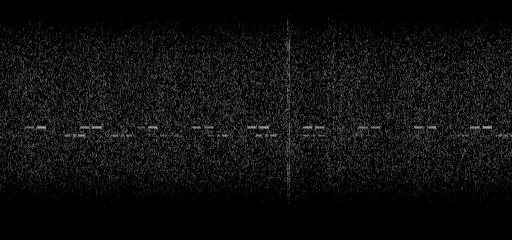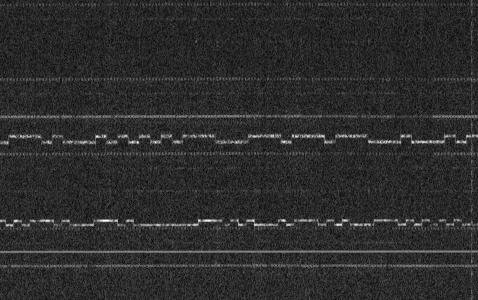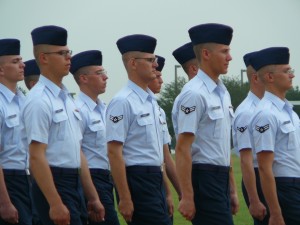Well, last night, conditions on 40 and 30 were frankly pretty terrible. I tried to get a couple of VE3s to pay attention to me on 40m PSK31, but it was not gonna happen. I was lamenting this on the IRC freenode.net #hamradio channel, and NM5DV decided to give PSK-31 a try. He was running higher power than I, so I didn’t have too much trouble picking him out, but I was marginal (but good enough to rack up the QSO). After that, we dropped back to the good ole Internet, and mused about what we could do.
I had been goofing around with trying to receive QRSS (very slow Morse signals), and for fun had jury rigged a setup to actually send them (in the most stupid way imagineable). Here’s how I send it with my FT-817:
I generate a sound file (using a program I wrote) that contains morse at the very slow speed I want, and say a sidetone of 1000Hz. QRSS3 specifies a 3 second dit time, which makes the file that contains my callsign three minutes long. We started out with that, but I made a version that was QRSS1 (1 second dits) which makes my transmit periods that much shorter, a mere one minute to get my call out. Here’s what it sounds like:
Now, the sleezy part: to transmit it, I just loaded it up into iTunes on my macbook, and then let it loop endlessly. I set my FT-817 to digital mode, tuned 1Khz below where I want the signal to appear, and then use cocoaPTT to key on the transmitter. Voila! Beacon!
And here’s what NM5DV captured using glfer from grid DM75. It’s not really that impressive: I was running 5 watts for this transmission, we diddled around with trying to use 500mw. He could still see that, but it was hard to pick out the callsign. As it is, this one shows significant fading during the last dash of the second K. Still, conditions really were terrible, and the distance was about 1000 miles, so I thought it wasn’t a complete failure. I also think that if we really knew what we were doing, we could probably tune glfer to do something a little better.
Anywho… it was kind of amusing.




